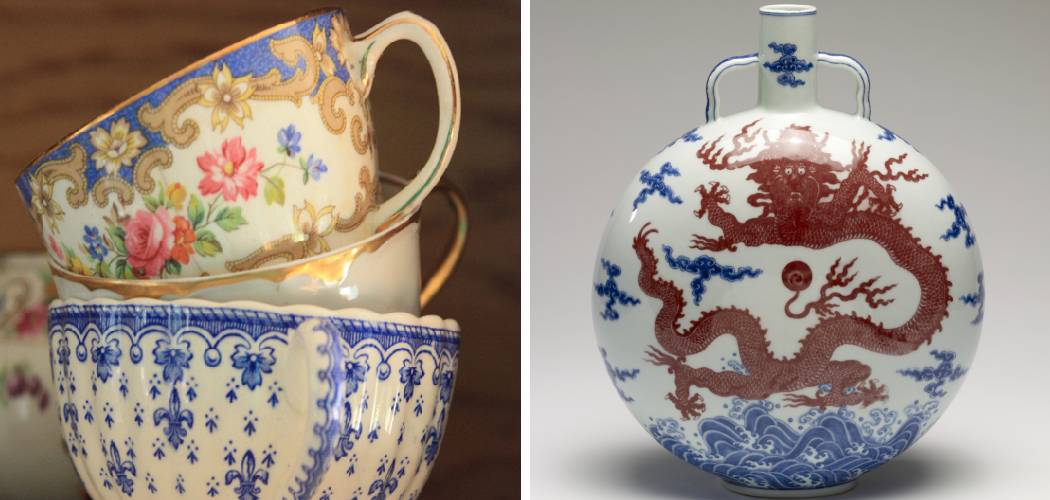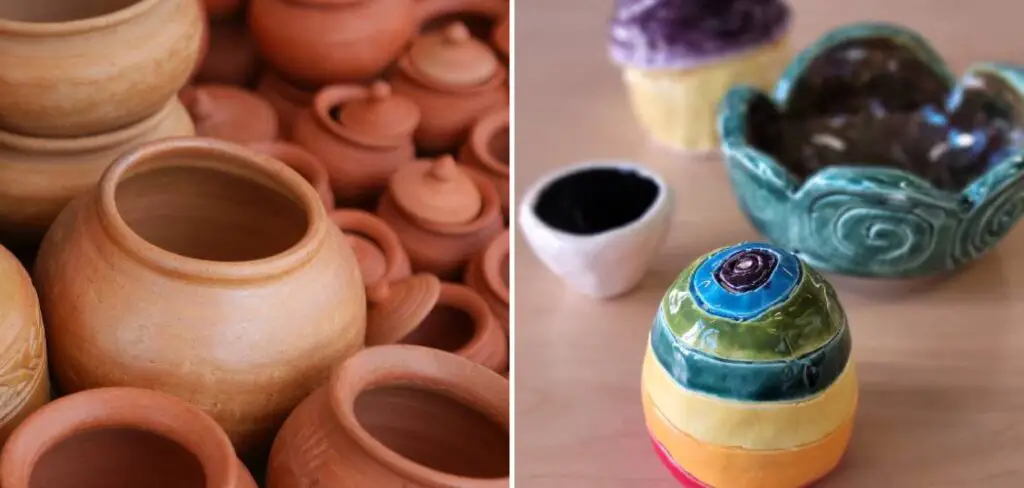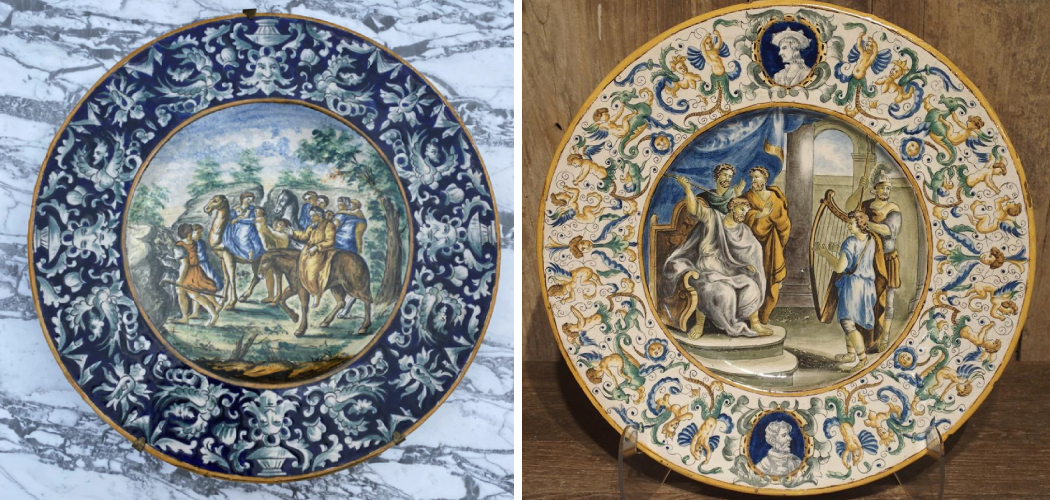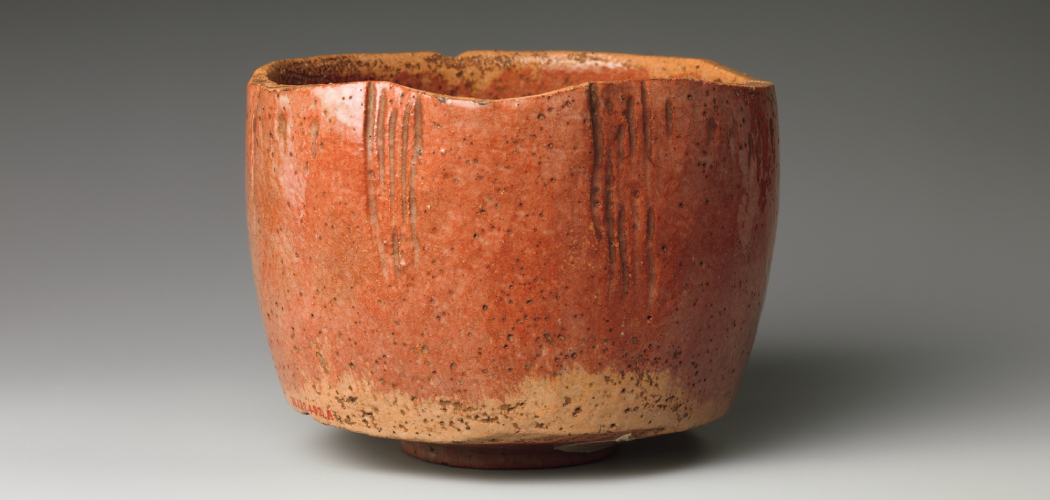Distinguishing between porcelain and other materials is a skill that can be particularly valuable, especially for collectors, antique enthusiasts, or individuals looking to identify the nature of their belongings. Porcelain, with its delicate appearance and smooth, translucent finish, stands out among various materials. Learning how to tell if something is porcelain involves a keen eye for details such as color, texture, and translucency.
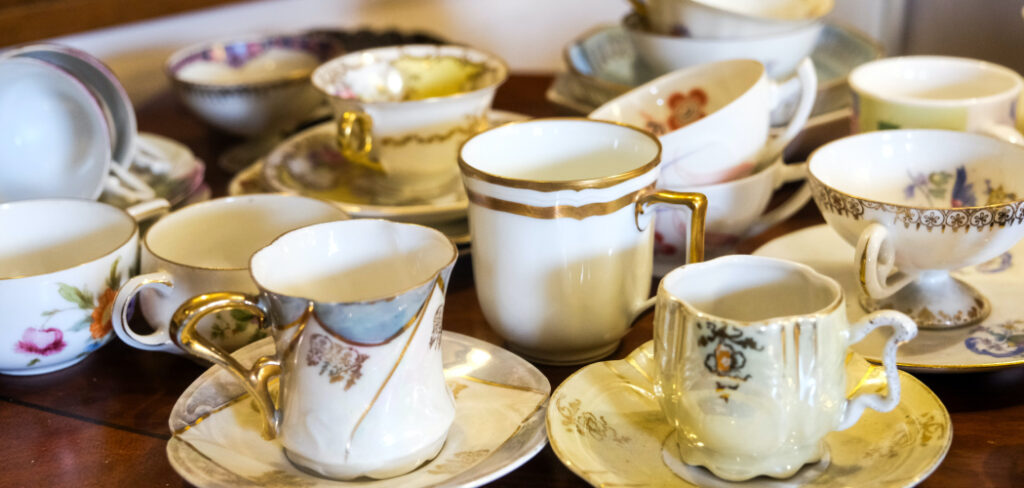
In this comprehensive guide, we will explore the distinctive characteristics of porcelain, providing you with insights into the visual cues and tactile qualities that set it apart from other ceramics or materials. Join us on this enlightening journey as we delve into the art of recognizing porcelain, offering practical tips and guidelines to help you confidently identify this elegant and timeless material in various objects. Whether you’re a collector or just curious, mastering the skill of identifying porcelain adds a layer of appreciation for this classic and enduring art form.
Table of Contents
Importance of Identifying Porcelain
Identifying porcelain is essential for multiple reasons, particularly in the realms of antique collection and interior décor. Knowledge of porcelain can increase the value of your collection, ensuring that you pay a fair price for items of genuine quality and historical value. Furthermore, understanding the characteristics of porcelain can be instrumental in maintaining the longevity of your pieces, as different materials require distinct methods of preservation and care.
Understanding Porcelain
Porcelain is a type of ceramic that is valued for its strength, beauty, and delicate nature. It originates from China, where it was produced from the combination of kaolin and petuntse, two types of clay that are fired at high temperatures. The result is a material that is both dense and translucent, with a smooth and glossy finish that is often white or cream in color.
A significant characteristic of porcelain is its nonporous nature, which makes it waterproof even without a glaze. This is a stark contrast to earthenware, which is porous and must be glazed to prevent moisture absorption. Another distinguishing factor is its durability. Despite its delicate appearance, porcelain is remarkably robust and can withstand extreme temperatures without cracking or losing its shape.
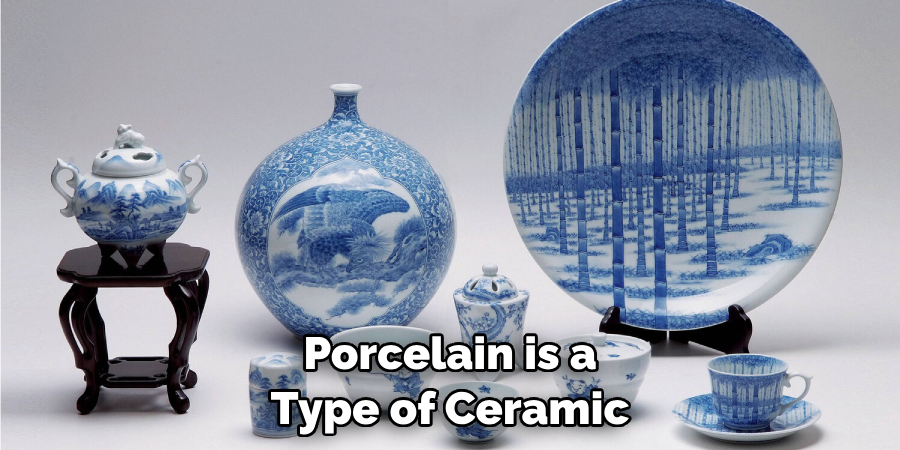
Porcelain vs. Other Ceramics: Stoneware and Earthenware
When compared to other ceramics like stoneware and earthenware, porcelain has distinctive traits that set it apart. Stoneware, while also strong and durable, lacks the ethereal translucency and refined finish of porcelain. Stoneware is typically denser and heavier than porcelain, with a more rustic appearance. It’s fired at high temperatures, similar to porcelain but falls short of achieving the same smooth, glass-like finish.
Earthenware, on the other hand, is the most porous of the three ceramics and must be glazed for practical use to prevent moisture absorption. Unlike porcelain, earthenware is not fired at high temperatures which results in a softer and less durable material.
Its color varies greatly from light shades of orange to dark brown, but it will never achieve the pure white or cream color that is characteristic of porcelain. The differences between porcelain, stoneware, and earthenware are significant, and understanding these can help in proper identification and usage.
11 Methods How to Tell if Something Is Porcelain
1. Check for a Translucent Appearance
One of the easiest ways to tell if something is porcelain is by its translucent appearance. Hold the object up to a light source and see if light can pass through it. Porcelain is known for its delicate and almost glass-like appearance, which allows light to filter through.
2. Look for Thinness
Porcelain is also known for being thin and lightweight. Unlike other materials like stoneware or earthenware, which tend to be thicker and heavier, porcelain has a delicate and thin composition. If an object feels lightweight in your hand, it could be made of porcelain.
3. Tap on It
Another way to determine if something is porcelain is by tapping on it with your fingernail or a metal object. Porcelain produces a high-pitched sound when tapped, similar to the sound of tapping on glass. This distinct sound is due to the density and composition of porcelain.
4. Check for Imperfections
Porcelain is typically smooth and free from imperfections such as bumps or rough spots. If you run your fingers over the surface of an object and feel any bumps or inconsistencies, it may not be made of porcelain.
5. Look at the Glaze
Most porcelain objects have a glossy glaze that gives them their signature shine. This glaze is applied before firing in a kiln, giving the piece its smooth finish. If an object appears dull or lacks a glazed finish, it may not be made of porcelain.
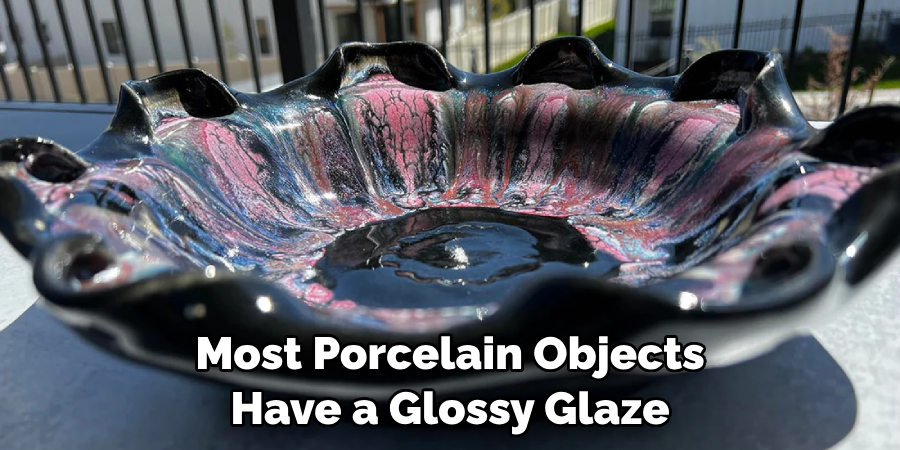
6. Examine the Color
Porcelain can come in various colors, but most pieces are white or off-white in color due to its main ingredient: kaolin clay. If an object has vibrant colors or patterns that appear painted on rather than integrated into the material itself, it may not be made of true porcelain.
7. Feel the Texture
True porcelain has a smooth and almost silky texture when touched with your fingers. If an object feels rough or gritty, it may not be made of porcelain. This is because porcelain is fired at a high temperature, which creates a smooth and dense surface.
8. Look for a Maker’s Mark
Many porcelain manufacturers will include a maker’s mark on their pieces, usually located on the bottom or back of the object. This mark can help identify if something is truly made of porcelain and may also provide information about its origin and production date.
9. Check for Weight
As mentioned before, porcelain is known for its lightweight composition. If an object feels heavy or dense, it may not be made of true porcelain. Keep in mind that some modern manufacturers may add weight to their pieces to mimic the feel of traditional porcelain.
10. Consult an Expert
If you are still unsure if something is made of porcelain, it is always best to consult an expert. Antique dealers or collectors who specialize in porcelain can help authenticate and identify the material of an object based on its appearance, markings, and other factors.
11. Temperature Sensitivity
Porcelain’s composition and firing process make it resistant to temperature changes, unlike other ceramics. When you touch a porcelain object, it should feel cool, regardless of the room’s temperature. This is because porcelain, with its dense structure, doesn’t conduct heat well. If you notice a piece responding dramatically to variations in temperature, it may not be authentic porcelain.
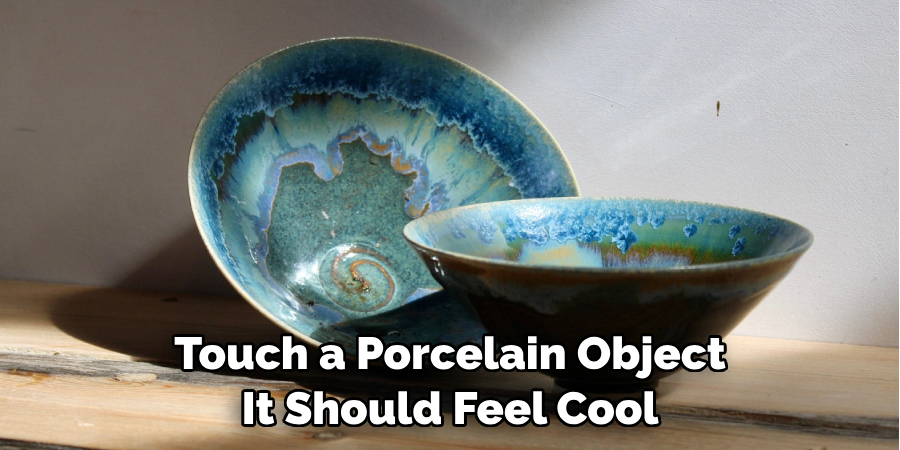
Additional Clues
While the methods listed above are quite effective, there are other supplementary clues which can help in identifying porcelain.
Age and Wear: Authentic porcelain tends to show signs of age over time. This could be in the form of a slight discoloration, minor scratches, or tiny cracks known as “crazing.” These signs indicate the piece’s long history and authenticity.
Quality of Artwork: Porcelain is often adorned with intricate designs that are usually under the glaze. The quality of these designs can be a clue to the authenticity of the piece. Genuine porcelain usually features detailed and expertly applied decorations.
Type of Porcelain: There are different types of porcelain, such as hard-paste, soft-paste, and bone china, each with distinct characteristics. Knowing these types can aid in identification. For instance, bone china, developed in England, has a warm, milky appearance compared to other types of porcelain.
Remember, while these clues can be helpful, they should be used as additional information alongside the other identification methods. If in doubt, consulting an expert is the best course of action.
Things to Consider
When trying to identify if an object is made of porcelain, it is important to consider a few key points.
First, keep in mind that not every white or shiny ceramic object is porcelain. The material’s unique properties include its translucency, thinness, imperfection-free surface, and its distinctive sound when tapped.
Secondly, it’s worth noting that age, wear, and the quality of artwork can provide valuable indications about the authenticity of a piece.
Lastly, remember that there are different types of porcelain – hard paste, soft paste, and bone china – all with different characteristics. Misidentifying these could lead to incorrect conclusions about the object’s material.
As always, when in doubt, it’s best to consult a professional to avoid any confusion or misidentification.
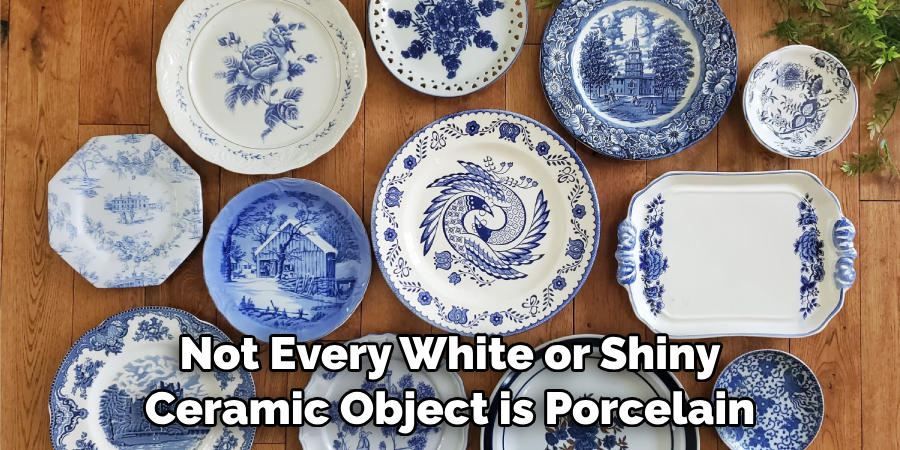
Conclusion
In conclusion, porcelain is a fascinating and versatile material that has been used for centuries to create beautiful and durable objects. By understanding its characteristics, you can easily tell if something is made of porcelain or not. Remember to look for the tell-tale signs such as translucency, ringing sound when tapped, and the finely-crafted details of the object. And if you’re still unsure, don’t hesitate to consult with an expert or do further research before making your final determination.
Learning how to identify porcelain not only adds to your knowledge but also helps in preserving these valuable pieces of art and history. Whether you are a collector or simply appreciate the beauty of porcelain, I encourage you to continue learning more about this remarkable material. So go ahead, pick up that antique vase or delicate teacup and test your newfound knowledge on how to tell if something is porcelain.
